Whether it is used for tuition money, food, housing, or to accommodate any of students’ needs, government relief funds to university students during the pandemic have been very crucial. The aid assists with navigating through job loss, combating the rising costs of tuition, helping other family members and so forth.
On June 24, 2021, Concordia College students received an email from the office of financial aid with the subject title “Important Higher Education Relief & Response Fund Information” or HEERF III, as the U.S. Congress passed the American Rescue Plan Act. This legislation means that Concordia has been allocated funds to “prevent, prepare for and respond to the coronavirus.” Additionally, Concordia students received parts of these funds to help mitigate any disruption to campus operation caused by the pandemic.
Chelsea Masikati, an international student has used these funds to pay for a summer course she took at Concordia.
“It definitely did help lift some of the burden of having to pay a lot of tuition for summer school, although I would have loved to use it in another way,” Masikati said.
According to the U.S. Education Department, postsecondary education funds have been a priority for the government since the beginning of the COVID-19 pandemic, as the Coronavirus Economic Aid, Relief and Economic Security Act was passed on March 27, 2020. It allocated “approximately $14 billion” to be given to the Office of Postsecondary Education. On Dec. of 27, 2020, another Coronavirus Response and Relief Supplemental Appropriations Act was passed that authorized “$81.88 billion in support for education.” Each one of these funds have been used differently by Concordia’s Office of Financial Aid, and each one of them had a different urgency to be delivered and given to students.
Eric Addington, the director of the Office of Financial Aid at Concordia clarified that each of the above bills had different rules and guidelines to follow from Congress. Addington explains that the CARES act was the most restrictive one because the government wanted the funds to be delivered to campus departments and students in need as fast as possible. Addington and his team collaborated with different campus departments such as the Business office, Residence Life, the Center for Student Engagement, and other administrative colleagues to aid in making the best use out of the federal funds and ensure that those emergency funds were placed in a timely manner.
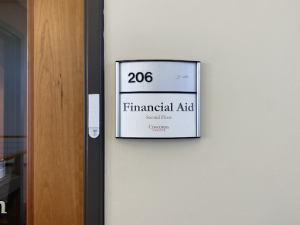
“One of the pieces of the legislation was that we needed to get these funds to students quickly, so there was not a lot of time to think about how to do this. There was not a lot of guidance from Congress and we had a lot of unanswered questions in the three of them,” Addington said.
HEERF III was special because it is the largest sum of money received by Concordia. The federal government has allocated $36 billion in ARP to help colleges and institutions.
“Within the three rounds of HEERF, the funds were split evenly where some went directly to students and the other half being allocated to offset the lost revenue by the pandemic,” Addington said.
According to a press release by the ED published in May 2021, “these grants will help over 5,000 institutions of higher education to provide emergency financial aid to millions of students and ensure learning continues during the COVID-19 national emergency. ”
The funds were given in the form of grants to students and institutional losses to the college related to the pandemic. Addington also emphasized that the HEERF given to the Concordia are not financial aid dollars, but are their own separate funds given by the government in times of crisis.
“These are emergency funds that the office of financial aid helps in distributing. In fact, in most colleges around the country, the office of financial aid was not involved at all,” Addington added.
What makes HEERF III special is that it is the least restrictive one in terms of funds distribution. The lack of guidelines from Congress made Concordia‘s Office of Financial Aid consult with the Business Office. Larry Rock, the director of Student Loan Repayment said that Addington’s team does make the final decision but the business office does help at looking for those who’s most in need.
“HEERF was the most expansive and least restrictive as we were allowed to look at domestic students’ Fafsa records but also our international students where we could not have done that in the last two bills,” Rock said.
According to Addington, giving these funds is a process by itself that requires a lot of opinions to be heard and needs to be considered. This is especially true when considering the mitigation costs of the COVID-19 pandemic like getting plexiglass, plastic silverware and student quarantine processes.

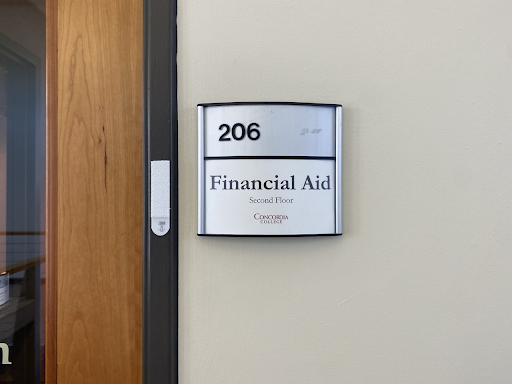

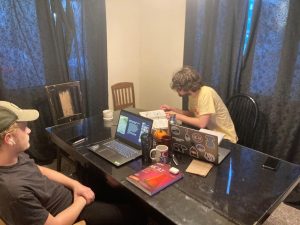


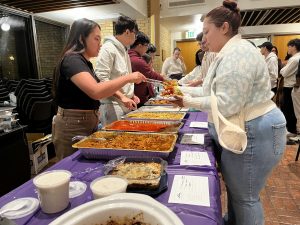
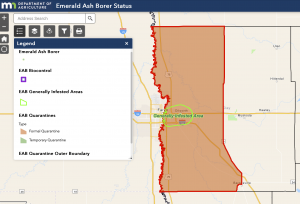

Be First to Comment